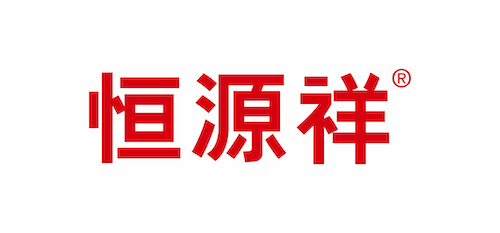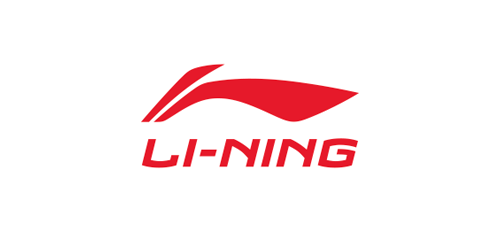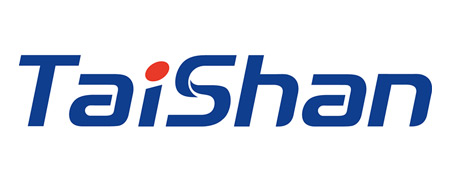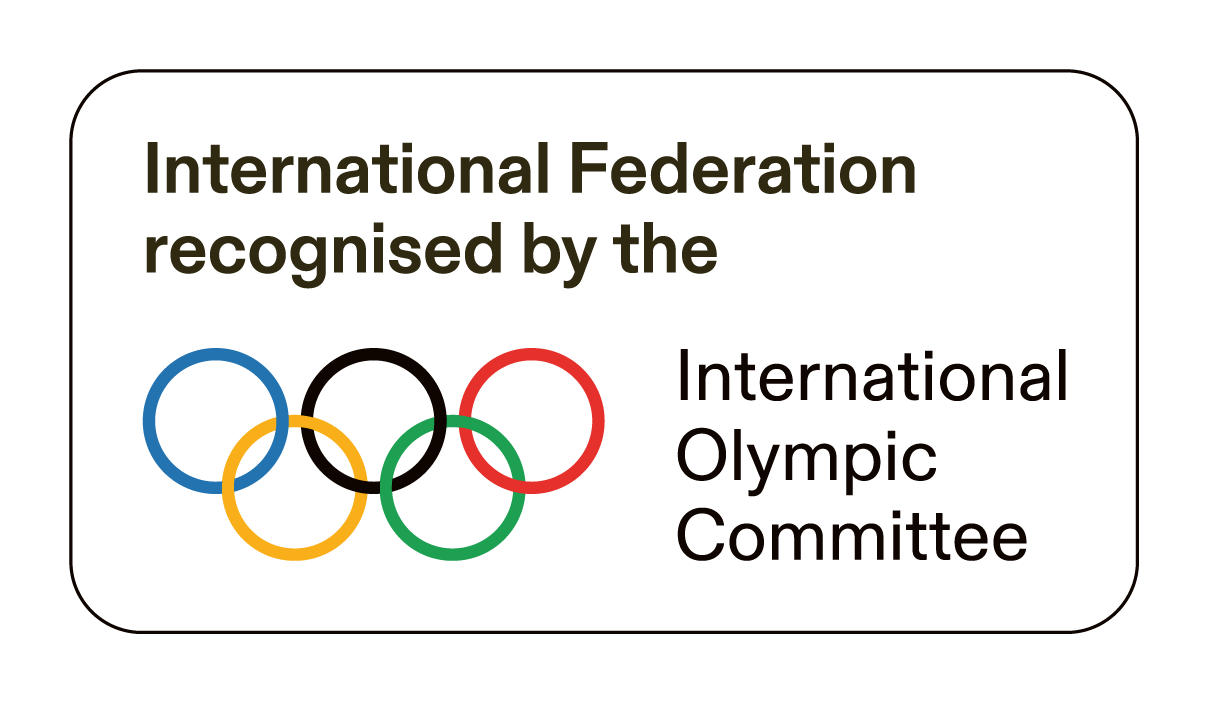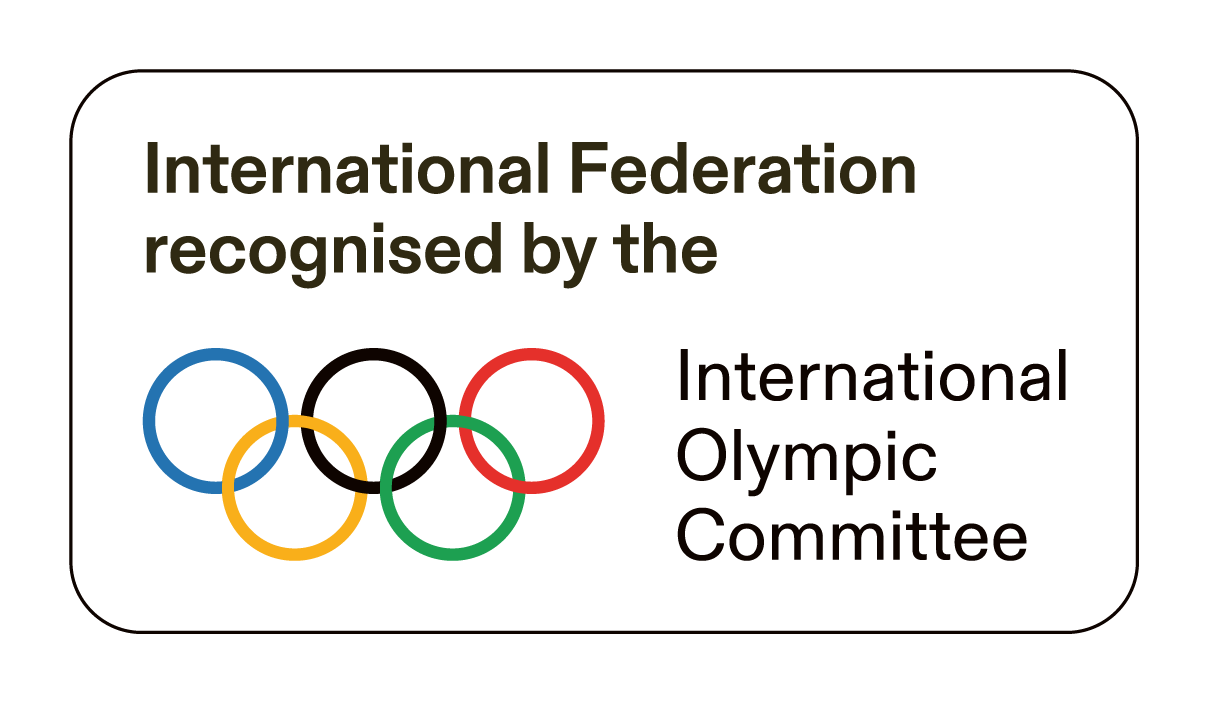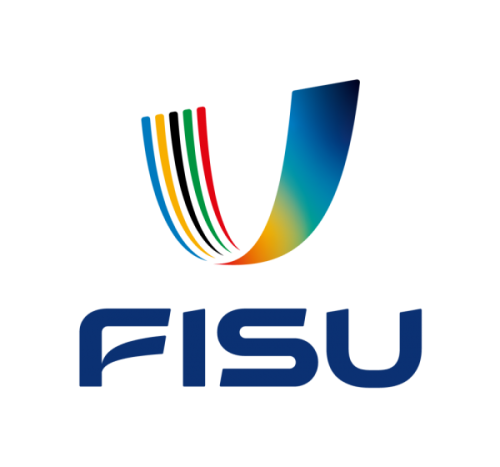
Longtime dedicated wushu athlete Murray Cheung has a fascinating wushu career that spans 20 years, multiple continents, and a dazzling variety of disciplines within the sport. Besides being a regular gold medal taiji champion on his national Canadian and continental Pan American wushu championship podiums, he’s also competed multiple times in the World Wushu Championships, the World Traditional Wushu Championships, and the World Taijiquan Championships – with a few stops along the way at the 2013 Sport Accord World Combat Games in Russia and the 2022 World Games in Birmingham. He won first category prize both New Yang Style Taijiquan and Taijijian in the 2021 IWUF Wushu Taolu Virtual Competition. Bridging the traditional and contemporary wushu worlds, Murray is as well a skilled participant in lion dance, and his proficiency with taijishan, as he coaches Canadian wushu youth athletes, just might help win his nation win an Olympic wushu medal in the 2026 Dakar YOG.
Wushu Beginnings
Murray Cheung hails from the city of Calgary in Canada, and his interest in wushu began in his early years. “I was always into martial arts as a child,” he says. “Watching movies from Jet Li’s Once Upon a Time in China movies, Bruce Lee, Jackie Chan, to cartoons like Ninja Turtles and Power Rangers really inspired me to learn martial arts. I wanted to be a superhero, a super human flipping in the air and waving weapons around and wanting to fight evil. I grew up in Calgary where the Asian community was really small back then. The only martial art offered was karate. My cousins and family friends were all enrolled in karate, so my parents put me in there as well. I don’t have much recollection of what I learned there, maybe because I was too young, around 5 years old. Unfortunately I lost interest and wanted to stop learning because I was bullied in those classes. Being bullied was a common theme in my life as a child. Being one of the few Asians in my school and being timid and quiet did not help. Many years passed by and in 8 th grade, in the playground, my bully threw rocks at me. I guess that was the last straw before I finally stood up for myself.”
“But,” Murray continues, “as I was standing up for myself then I thought he was going to retaliate even more towards me the next day. So that night I rushed home and told my parents I wanted to learn martial arts again. My mom talked to her family friends and said that their son was enrolled in a wushu school and that I should give it a try. That was in 2001 when I was 13 years old.”
When Murray first set foot into the wushu school he felt an instant affinity. “Wushu,” notes, “is a more fluid martial art, and the martial art I always saw in the movies, so I gravitated towards it. The more I learned and researched about wushu the more I fell in love with it. I remember going to Chinatown and buying a VCD called This Is Kungfu , and watching it every weekend, wanting to learn all the weapons and styles – there weren’t many resources on the internet back then so this was basically my go to.”
Wushu would be a gamechanger for Murray, but not without challenges. “I did not like physical education during school and never took part in anything there for sports,” he remembers, “but for wushu I put all my heart into it. So to train in wushu from having a poor athletic background was difficult. My experience in the first few years of wushu was being unwell all the time during training. I would sometimes eat too much, eat too little, train too hard, to the point where I would always have to sit out on the side because I felt light headed. Just hitting puberty did not help either, as growing lanky and taller means that I grew stiffer as well. Flexibility was another one of my downfalls. Looking back now I would be considered the weakest in the class. Back then we focused a lot on fundamentals and not much on routines.”

Early Training
Murray first started off in nanquan and gunshu from 2001-2008. “My school back then only taught nanquan and a few wushu weapons,” he recalls. “My shifu specialized in taichi and sanda. I trained for quite a few years before I started competing locally. Our school didn’t focus heavily on wanting to compete at the world championships when I was learning wushu. So almost everyone was there for the interest and love of wushu. But we did smaller competitions for the experience. 2006 was my first competition at the Can-Am International Martial Arts Championships. I was a latecomer for wushu, beginning my competitive wushu journey at 18 years old.”

Murry gives a lot of credit to his teacher, Cai Geng Zhang, for the various wushu influences and experiences that shaped him as an athlete. “My shifu,” he says, “did a lot for us always inviting coaches over from the Hubei province every summer from 2006 to 2019, up till COVID happened. If it weren’t for Shifu’s perseverance for wanting us to improve and giving us opportunities, I would not be where I am now.”
Murray says he also wanted to give back to the wushu school helping out where he could, which included doing lion dances and performances to help promote wushu. “I volunteered teaching all the wushu classes on the weekends. When I was in my mid 20s every day was a wushu day. Either helping lead a couple taichi classes or leading wushu classes. My shifu thought it would be a good way for me to train. Unlike many countries or schools, we don’t have much time dedicated to competition. Competition classes were held late at night. During summer camp, or regular competition practice, being a taichi athlete requires more time to practice our routines. But we don’t have a big facility to do that. So often I would practice outside or have a sliver of space on the side to practice. In winter it was the same as well. For full routine practice we would wait till the end for me to do the routine when all the changquan athletes are done.”
Wushu and Character
Murray believes that wushu can be all-encompassing, offering many things beyond the physicality of sport, competition, and fitness. “Other than martial arts,” he says, “my shifu would teach me how to be a good person with good character. Some things that I feel are long lost now a days. He was not only teaching me, but also providing me opportunities to develop my character too. He helped develop me from being timid and shy, and not wanting any social interaction, to the person I am today. And not only did just my shifu make an impact on me, but my wushu family did too. My peers and teammates. I owe a lot to my wushu older brother Chris. He was a good example of an older brother that I never had. And reflecting that experience, I also wanted to give back to the wushu school and the kids to give them the confidence they might need like I did after being bullied when I was younger.”

Going Down the Taichi Rabbit Hole
In the beginning of 2007 Murray was practicing nandu at the school. “Back then,” he says, “we didn’t have fancy wushu carpet flooring or puzzle mats. We trained on concrete with a thin layer of carpet. That day I broke 3 bones in my foot when landing a feijiao. But that created a turning point, as I decided to learn traditional taichi from my shifu to help speed up healing from broken bones.”
It was around 2008 when Murray decided to start to learn taichi in earnest. “When I was younger,” he says, “I thought taichi looked boring and didn’t think too much about it. But I asked if I could learn traditional taichi since my shifu specialized in it. Chinese culture puts a lot of emphasis on internal martial arts and I thought it would be a good way, and low impact exercise, for me to slowly progress in wushu. Little did I know I would fall down a rabbit hole that I would love. The more I learned from my shifu the more interest I developed in taichi and wushu. The theories, the applications, the depth to taichi.”
Murray says that he also wanted to try to transfer his knowledge of internal martial arts to competitive wushu. “Each training class was an experiment for me,” he says. “Finding ways where I could to apply theories and practices. I felt like there was so much to unravel.”
But, Murray also notes, “Whenever I talk to competitive taichi athletes most of them have never learned traditional taichi. I continued learning traditional taichi (Chen style old frame routine) while competing in wushu. Around this time my friends and I would always go to the gymnastics center to practice nandu. We just mimicked motions we saw online. Back then YouTube was still really new. And wushu videos were hard to come by. We would have to download the actual file from a website. I remember the website taolu.de as one of them.”
Debuting International Competition at Wudang
In 2008 Murray had his first experience at an international competition, and it would be electrifying. He says, “I feel like 2008 offered a life changing event for me. The World Traditional Wushu Championships didn’t require you to make the national team since it was more of a friendly competition. It was an amazing experience. It was hosted in Shiyan, a city close by Wudang mountain, one of the birthplaces of Chinese martial arts. The government didn’t spare any expense that year. The opening ceremony had big Chinese celebrities singing. On the day we went up to Wudang mountain the roads were lined with children greeting us. It was nonstop child after child as we were riding on a bus. Up top there were grand performances with more than 1000 performers. It was an experience I would never forget. And nothing has topped it. And the competition wushu bug bit me. I wanted to attend all the events.”
The competition would open Murray’s eyes to many things. “During the competition, He says, “I was intimidated by everyone. Everyone was so good. It was quite eye opening to see what wushu was like around the world. From countries I’d never learned about too. It definitely set a fire under me seeing all these high-level athletes.”
The fire certainly got hotter as Murray returned to China for the next two World Traditional Wushu Championships. In 2010 he placed first in both men’s taijiquan and taijijian at the 4th World Traditional Wushu Championships, and 2 nd in the group taijishan event. In 2012 at the 5 th WTWC he won first in taijiquan.

The Challenge of Changquan
In 2009 Murray’s shifu wanted him to compete in changquan. Murray recalls, “He thought my build was more suited towards changquan than nanquan being slim and tall. This was more of a challenge to me again to learn changquan nandu after just learning a backflip and one legged backflip. 2009 was my first Canadian team selection. The competition was very fierce. That year World Wushu Championships were held in Toronto, Canada. So everyone wanted a chance to compete for their home country.”
“That year,” continues Murray, “although I didn’t make it, I asked if I could go watch. My shifu said yes and I traveled across the country to watch the WWC, as the city is on the other side of Canada. This time I was in awe seeing so many high leveled athletes doing nandu I only saw in videos. That trip left me feeling like I needed to train more. In the winter of that year my shifu invited over a taichi coach from the Hubei provincial team. My shifu had plans for me to switch to competitive taichi, since I now had experience doing traditional taichi. For two weeks I learned as much as I could, and I was taught the 42 style taijiquan and taijijian.”
The Long and Winding Taichi Road
The summer of 2010 is when Murray says he learned his first competitive taichi routine with nandu, and went to the traditional world wushu championships and competed in the 42 style taijiquan and Taijijian. “2011 was my first year competing in taichi for team selection,” he recalls. “It was heartbreaking training for so long and thinking I did it correctly. But I didn’t understand the nandu rules that well for taichi. And in the end I got deducted for some things I didn’t understand. I knew I had to go back and train harder and understand the rules.”

Murray persevered and the next year he felt more confident. “2012 would bring the junior team selection year for the junior world wushu championships,” says. “But our federation still held competition for senior competitors too to upkeep our level of competitiveness. Of course I attended. Every year was either junior or senior. And each year I would attend. I have never missed a competition wushu Canada had for any kind of team selection. That year was my breakthrough to finally achieving first in Canada for taichi.”
Coaching is Training
Murray has coached for the past 15 years, and completed the IWUF Coaches Training Course in Guangzhou in 2015. Murray says, “For our school our shifu would have us coaching the younger kids while he stood on the side supervising the whole class. Coaching is also training for me. And another method to develop my skills. Trying to teach kids is one of the hardest things. Some children get the motions right away and some don’t. I tried to develop different methods to teach them. Each method I developed made me think of the wushu movements in different ways which helped me develop my wushu understanding even more. Our shifu would make us do the movements alongside the younger students with 100% of our effort. I would be there for hours on the weekend. I treated coaching like training. This was a little different than Asian countries where athletes can focus on themselves. Most of the time when I train for competitions I don’t get much carpet time, as taichi is 4 minutes per form.”
Astonishing Diversity
In the past 20 years, Murray has pushed the boundaries of his wushu education and repertoire. He gives credit to his coach for providing opportunities over the years to learn many styles. But Murray’s own focus and dedication to learning makes him a most extraordinary athlete. “At first when I started my school only taught us nanquan,” he says, “But slowly over time when our school started to go to the National Team selections we started to learn changquan, as well as taijiquan. Since 2006 my shifu would invite over different coaches from Hubei province during the summer to help further our knowledge in wushu. Coaches that specialize in different things, from changquan, taijiquan, traditional wushu weapons. Each summer would be different and I wouldn’t miss it for the world. Although I had work I would rush over every day to attend the last few hours of training. I’ve learned nanquan, nandao, nangun, changquan, daoshu, jianshu, qiangshu, gunshu, sanjiegun, pudao, dadao, shuangjiang, shuangdao, zingyiquan, baguazhang, jiujiebian, pigua, bajiquan, and a bit of sanda.”

World Wushu Championships
Murray would make the national team in 2013 and compete at the 12 th World Wushu Championships in Malaysia at his debut world championships experience. “My first world championships was quite eye opening,” he says. “Although I think going to the traditional world championships in 2008 was more eye opening to me after seeing so many athletes. As well as going to watch the 2009 World Wushu Championships in Toronto Canada. I think anyone’s first experience at a world championships event is quite inspiring. It definitely lit a new fire under me and that continues even more each time as I go to these competitions. Each world championships feels like wushu has improved a bit. Over the years all the athletes and the countries they represent have gotten better and better. Which is really good to help expose wushu to the world. I hope that wushu gets more popular in the future and more people look towards wushu as a form of exercise and discipline.” Murray went on to compete in 2015 where he placed 7 th at the 13 th WWC in Indonesia, and he also competed at the 15 th World Wushu Championships in Shanghai.
Double Domination on the Podium in Pan American Wushu
Meanwhile, on his own continent, for nearly a decade Murray was becoming a ubiquitous gold medalist at the top of the podium, making Canada proud, and setting a high level of taichi for Pan America. In 2014, 2018, and 2022 he placed 1 st in both taijiquan and taijijian at the Pan American Wushu Championships.

When we asked Murray about these continental experiences, he replied thoughtfully, “I feel like with wushu in North and South America we do wushu based on hobbies and interests. Where the government does not offer any financial aid. So our athletes aren’t as seasoned. Versus other countries around the world, where they practice wushu more professionally. Or have coaches or training trips to China. But that doesn’t mean that we aren’t as passionate about wushu. I could probably say we might be more passionate about wushu.”
Murray continues, “With Panams it’s a bit easier to make friends too since we mostly all speak English. Everyone is very friendly at Panams. Especially the last day. I’ve made many friends over the years. And I could say it’s the best part about Panams. Even fellow competitors – we become good friends. Another thing I love about Panams is watching the younger athletes grow. I remember a few athletes from the USA in 2014 — I skipped going to the championships in 2016, but went back in 2018 — and they sprouted up in their adolescent stage and their wushu had become phenomenal. I believe some have made it in the senior team this year in 2023 and we will be seeing them in Dallas, Texas.”
As a coach, Murray also continued to contribute by nurturing younger Canadian athletes. “As for younger athletes,” he says “In 2014 I led three other students from my school as a chaperone. Paco Huang was 12 at the time, his first time flying internationally and away from his parents. He was doing c group. He did very well. He still continues to compete. And this year has made it on the senior team with me going to Dallas. I also brought Jason Chen with me. Jason’s been alongside me since he was young as well, from his teens till now, and has been a good teammate. Now he resides in Las Vegas working for Cirque du Soleil. He still competes and we will be seeing him in Dallas as well. I love how going to these competitions bonds us teammates together. I don’t find the same kind of bonds with regular friends outside of wushu.”

The World Taijiquan Championships
For most athletes, participating in the World Wushu Championships and the World Traditional Wushu Championships (now the World Kungfu Championships) would already be expansive. But Murray added a third impressive IWUF biennial event to his resume when he participated in the 1 st World Taijiquan Championships held in China in 2014.

“That was an amazing experience,” he says. It really opened my eyes to taichi. They brought out many masters of their respected families to demonstrate taichi. Multiple Chen style masters, yang style masters, Wu style, sun style. It was a blessing to see them all at once perform their respective practices. The scoring system and regulations debuted were different than the wushu championships that year in 2014. I remember making large last-minute changes to my routines to fit the criteria. It was quite stressful remembering so many changes to a routine. But I remember practicing till the middle of the night trying to remember the changes, adjusting my muscle memory, as well as the timing for the music.”
Murray adds, “The competition level was quite high there. I remember a Chinese athlete (Ma Jian Chao) doing a tkbl 540 to single leg. That was the first time I’d seen it done in competition. It was definitely risky but he landed it. I believe it was done to showcase the new rules in place. The China team brought over an array of athletes in different taichi categories. It was definitely a learning experience watching them compete. I believe each competition is a learning experience where you get to learn subtle things that you don’t normally get to pick up on during regular practice back at home.”
Murray’s own learning curve upward from this event, where he placed an impressive 5 th , would pay off in the two subsequent WTC competitions — there he would go on to win a silver and two bronze medals at the 2016 World Taijiquan Championships in Poland; and a bronze in New Yang Style taiji at the 2018 3 rd World Taijiquan Championships in Bulgaria.

A Wushu Life – And Wushu Future
Murray reflects as he considers how wushu has become an integral part of his life. “Everyone around me knows me as the wushu guy or the taichi guy,” he says. “At work my boss knows I use my vacation hours purely to go to compete. Wushu is pretty much who I am now. I started going to the gym when I first started competing so I could get a strength base. And now if I’m not at the school practicing I’m at the gym doing exercises to supplement my training. Almost everything revolves around wushu now. It’s hard to think of my life if I didn’t choose wushu. Even my basement is filled with wushu weapons. I have boxes full of different types of wushu shoes. Closets full of training pants and workout shirts. I even got a small gymnastics roll up mat to mimic the competition floor found at competitions if I wanted to train at home.”
Murray adds, “I want to compete as long as I can while employing traditional taichi philosophy and methods into my routines. I feel like that aspect is missing in quite a lot of the taichi routines now a days. I don’t want taichi to go astray and the treasures of the internal martial art be lost. While competitive/modern taichi does showcase its strength in different ways, the internal aspect is hard to discern by people who don’t know taichi that well. I would like to continue to compete whether it be World Wushu Championships or World Taiji Championships. With taichi I believe it is like fine wine – the more you age and practice the better and more refined it becomes. Especially in traditional taichi. I feel like the level to achieve is quite limitless and there is always something to improve on.”

Murray muses about his future helping the sport develop. “My wushu goals in the future are to acquire as much experience from competitions as I can, so I can help the next generations below me to achieve their dreams of competing and medaling at international competitions one day. With each new generation of kids I feel like their predecessors helped a lot with them progressing to where they are now. I want to continue coaching and hope one of my athletes will stand on a podium. I feel like helping others achieve their dreams is just as fulfilling as achieving mine. One of the smaller joys is helping the kids achieve their first difficult motions — aerials cartwheels, butterfly twist or even backflip. Seeing their eyes light up is quite rewarding to me. I think wushu is more than just routines and nandu. It’s about the community and giving back. Giving confidence to kids who need it.”
Finally, looking forward, Murray says, “I don’t want that knowledge I gained from so many years to be lost. I would like to give back to the community and next generations. I wouldn’t be who I am without the wushu community. I want to help promote taichi as well. There are many people that don’t know of wushu or taichi in Canada. And I feel like wushu and taichi in my life played a big part of who I am. I want to contribute the same way. Either be it helping seniors with taichi and their health, or younger ones with exercise and developing discipline and character. As for the competition side of wushu I want to help develop Canadian athletes to become as competitive as the Asian countries.”









